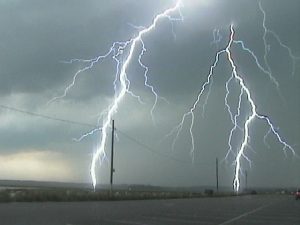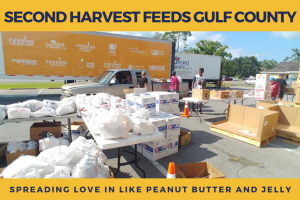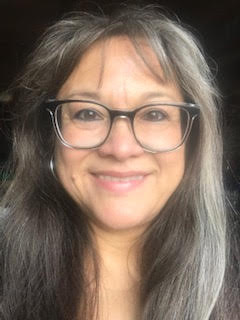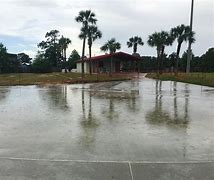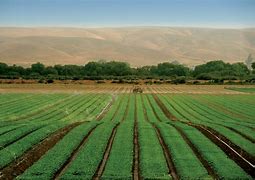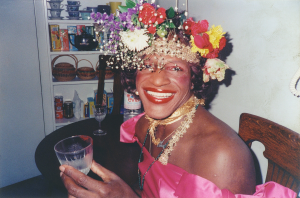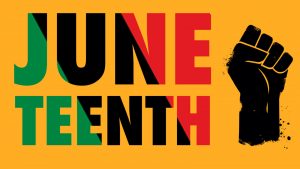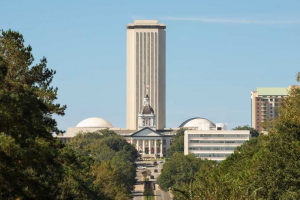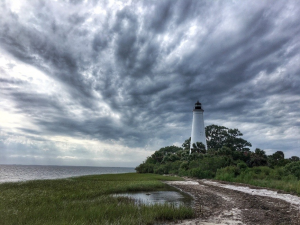It’s Lightning Safety Awareness Week! Dangerous weather is not uncommon this time of year. If thunder roars, go indoors! If you can hear thunder, you’re in the danger zone – lightning can strike as far as 10 miles from rainfall. Play it safe with summer storms.
Thunderstorms are dangerous weather systems that include lightning and can also produce power winds of more than 50 mph, create hail, and can cause flash flooding and tornadoes.Lightning is one of the leading causes of injury and death from weather-related hazards. Although most lightning victims survive, people struck by lightning often report a variety of long-term, debilitating symptoms. Although the odds of being struck by lightning in a given year are less than one in one million, some factors can put you at greater risk. Lightning most often strikes people who work outside or engage in outdoor recreational activities. Regional and seasonal differences can also affect your risk of being injured by lightning. Last year, in 2019, 20 people in 13 states died from lightning strikes. All of the lightning-strike incidents happened while individuals were outside; six were involved in water activities.
You can protect yourself from severe thunderstorms even if you’re caught outdoors when lightning is close by. Have a lightning safety plan.
If the weather forecast calls for thunderstorms, postpone your trip or activity. Remember: When thunder roars, go indoors. Find a safe, enclosed shelter. Don’t forget the 30-30 rule. After seeing lightning, start counting to 30. If you hear thunder before you reach 30, go indoors. Suspend activities for at least 30 minutes after the last clap of thunder. If no shelter is available, crouch low, with as little of your body touching the ground as possible. Lightning causes electric currents along the top of the ground that can be deadly up to, and exceeding, 100 feet away. Avoid concrete floors and walls. Lightning can travel through any metal wires or bars in concrete walls or flooring. Outside dog houses are not lightning-safe. Dogs that are chained to trees or wire runners can easily fall victim to lightning strikes. Consider bringing your pets inside the home or garage during thunderstorms.
~Never drive or walk through flooded roadways. Turn Around Don’t Drown®. It takes just six inches of fast-moving water to knock an adult down, and one foot of moving water can sweep away most vehicles. ~If indoors, avoid running water or using landline phones. Electricity can travel through plumbing and telephone lines. ~Wait 30 minutes after the last rumble of thunder before going back outside after the storm.
For more information click here: https://www.weather.gov/safety/lightning
